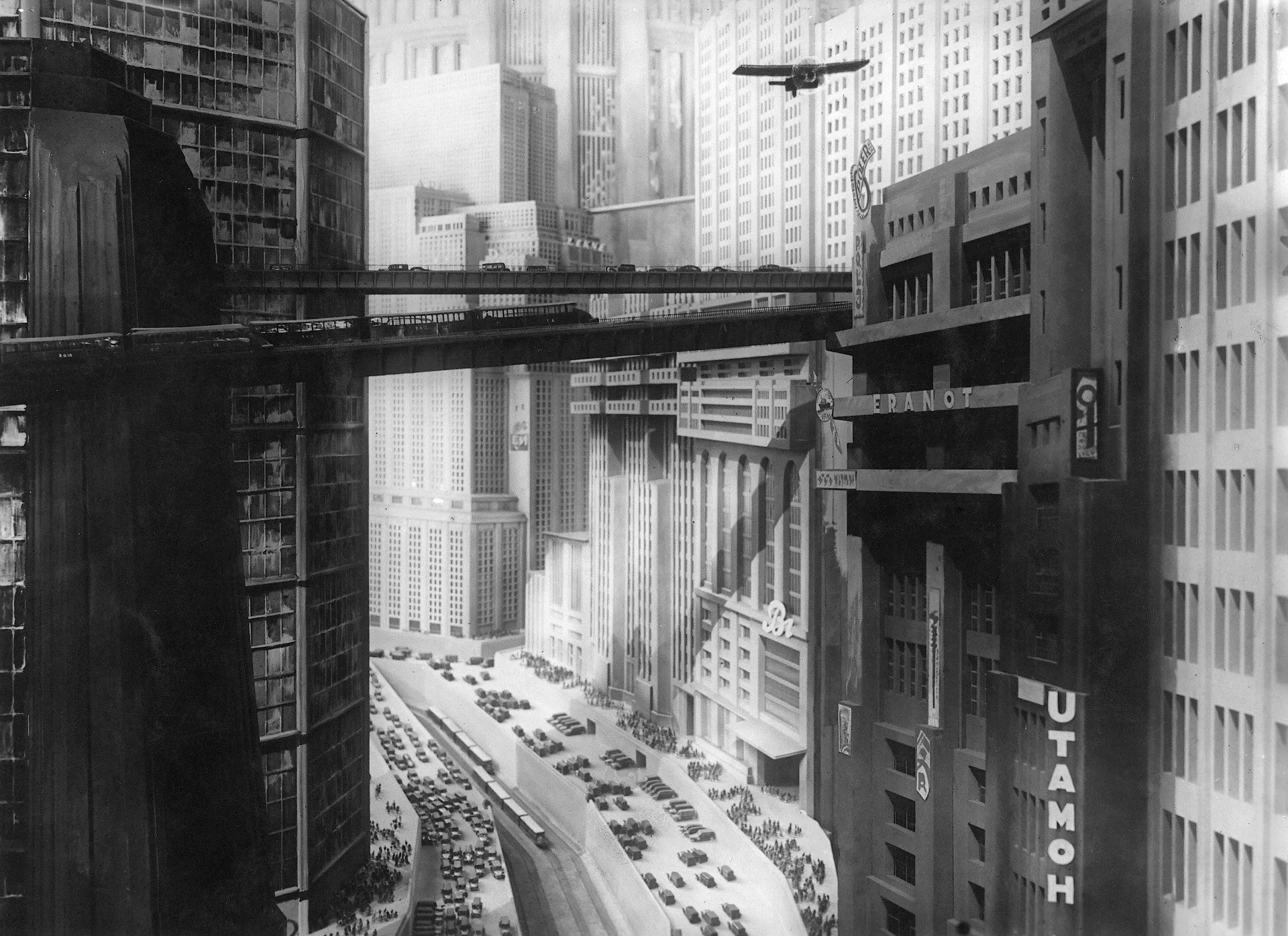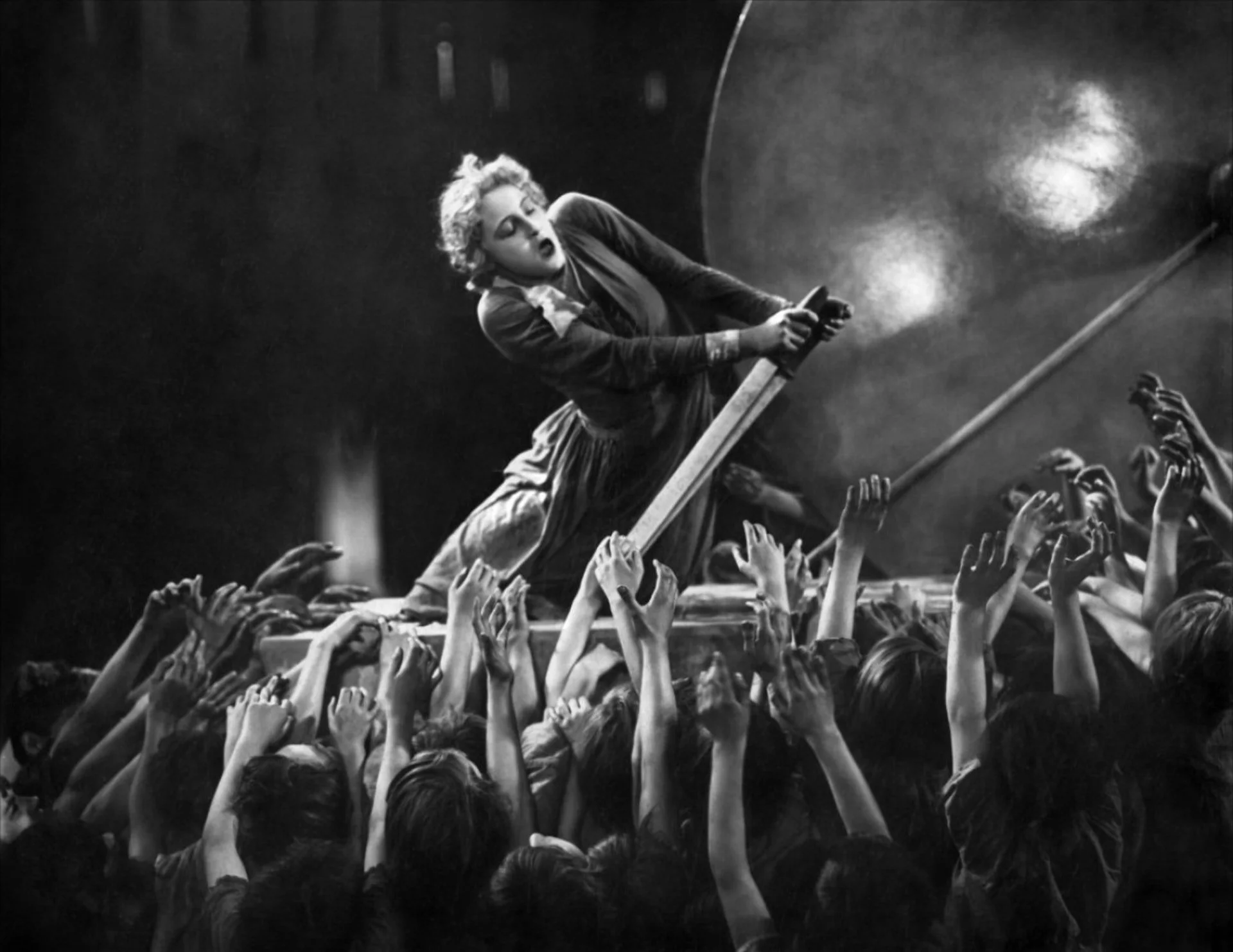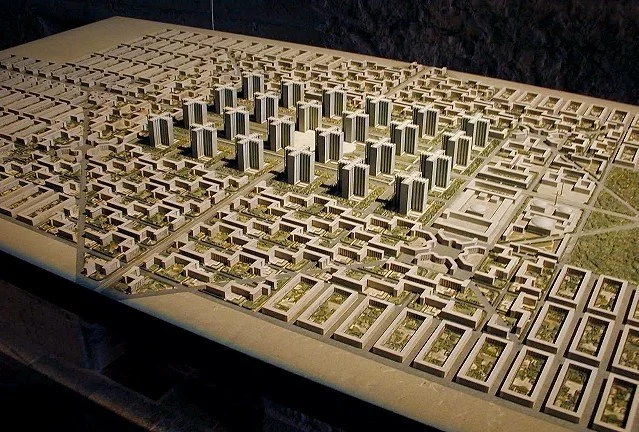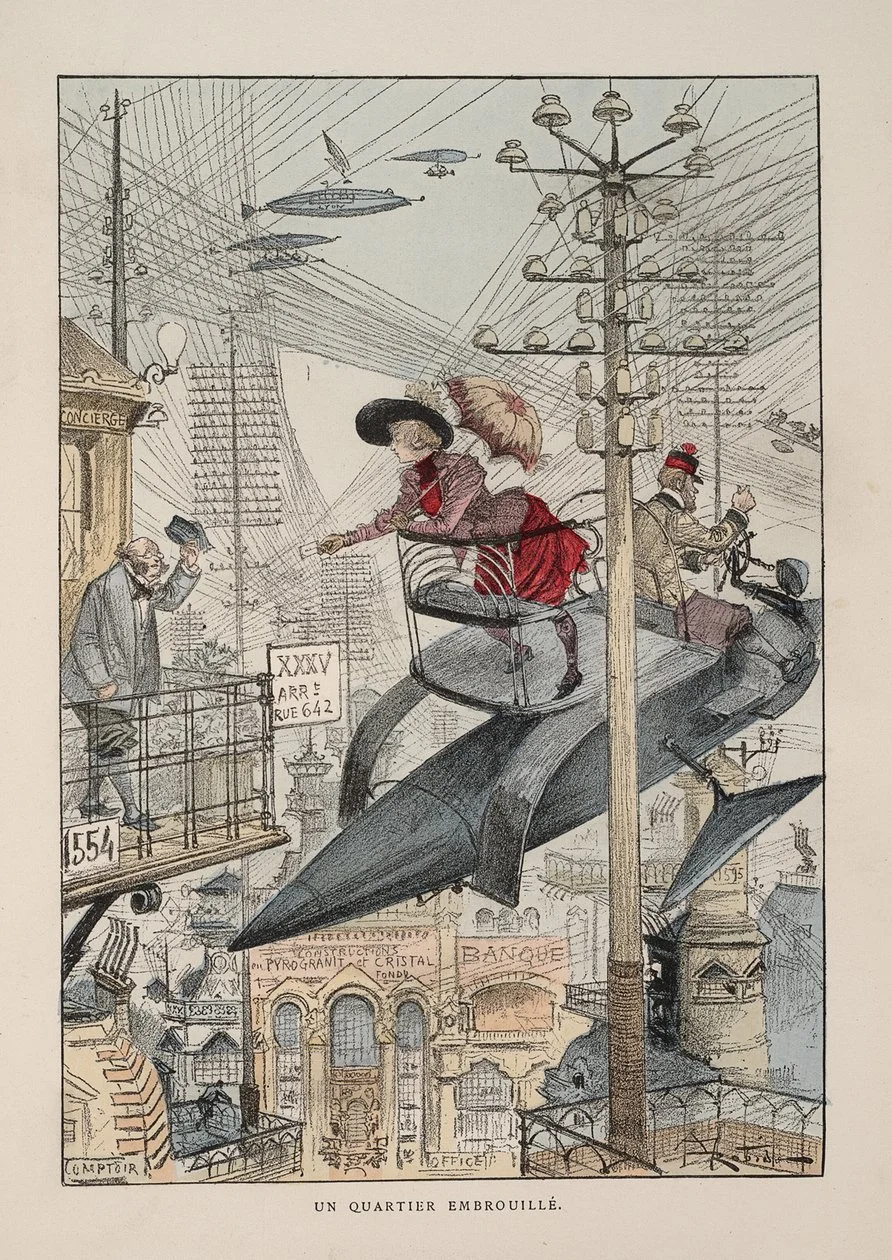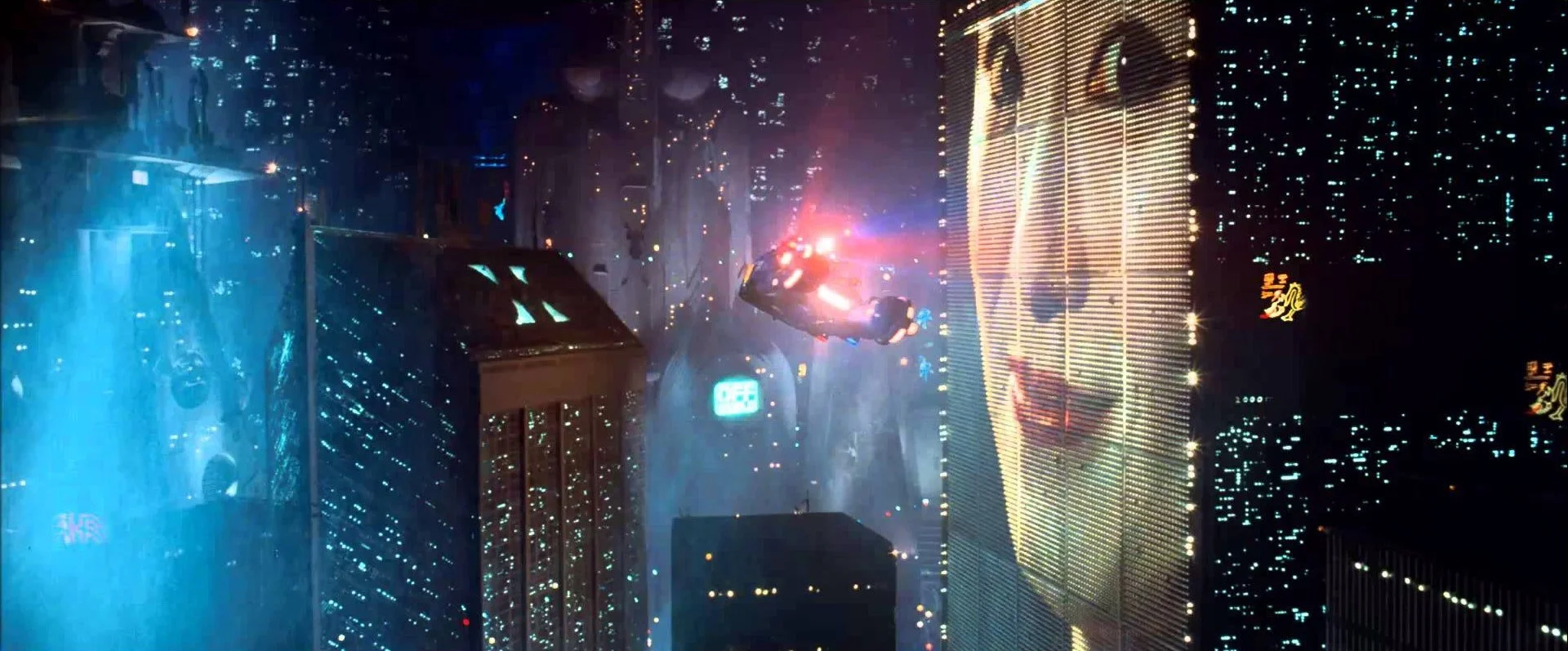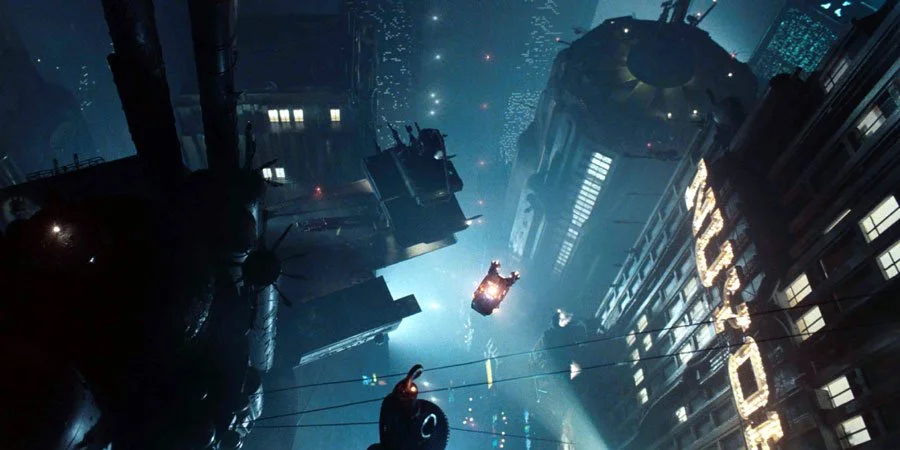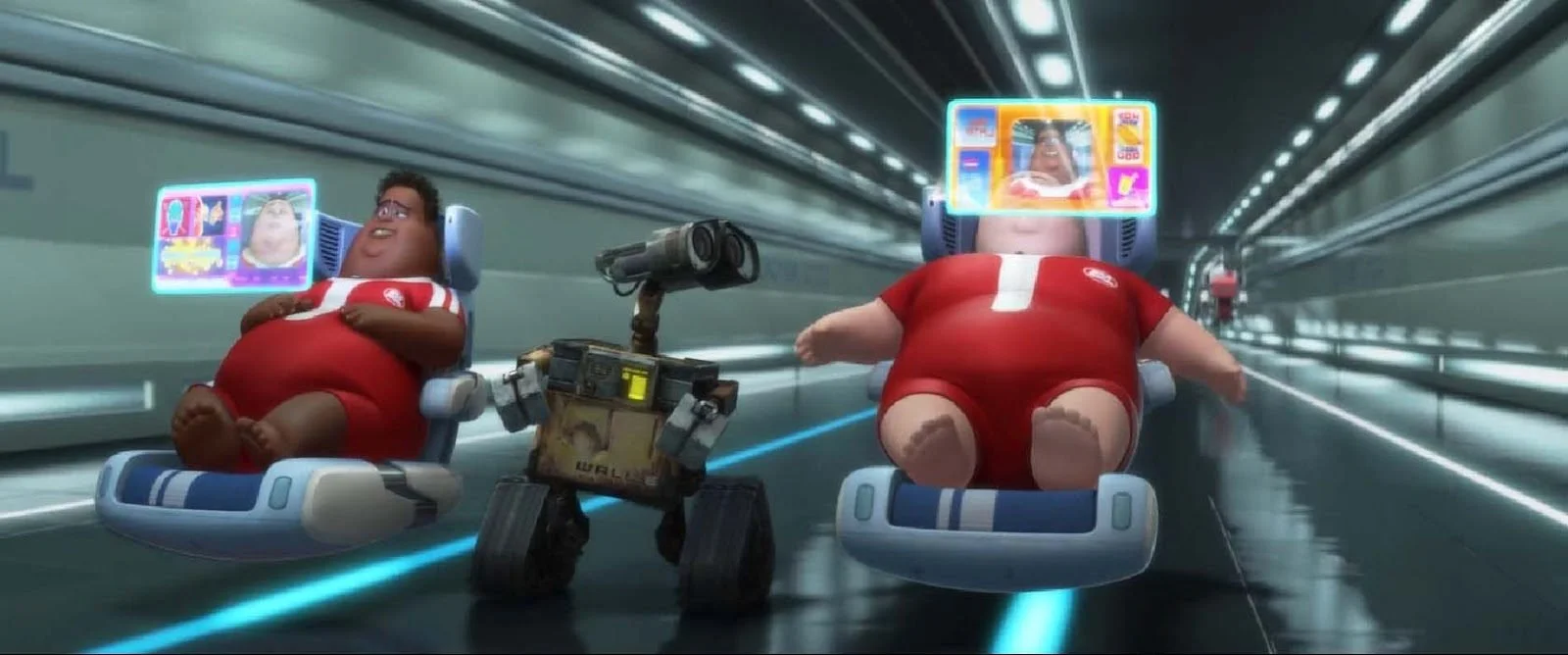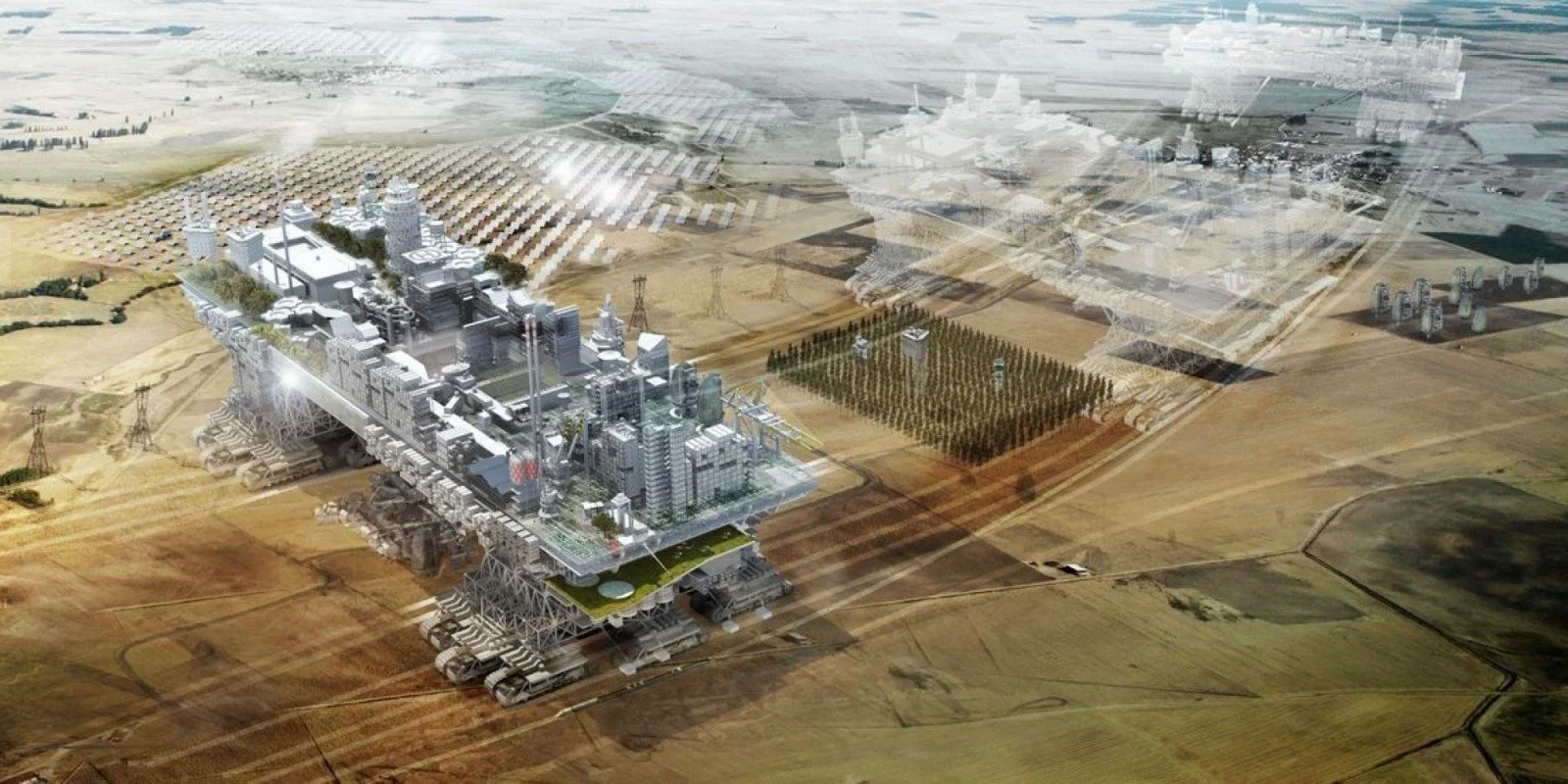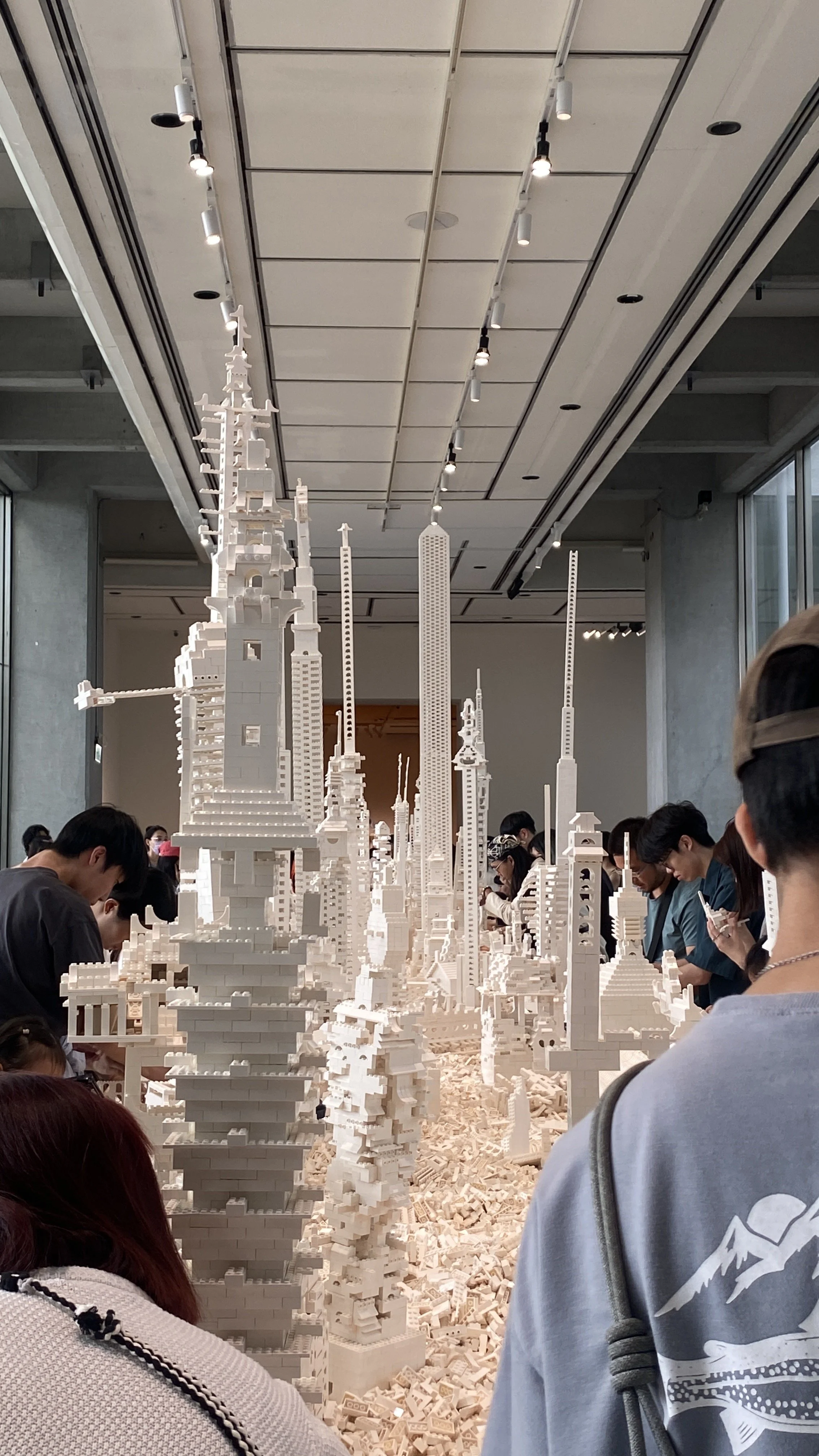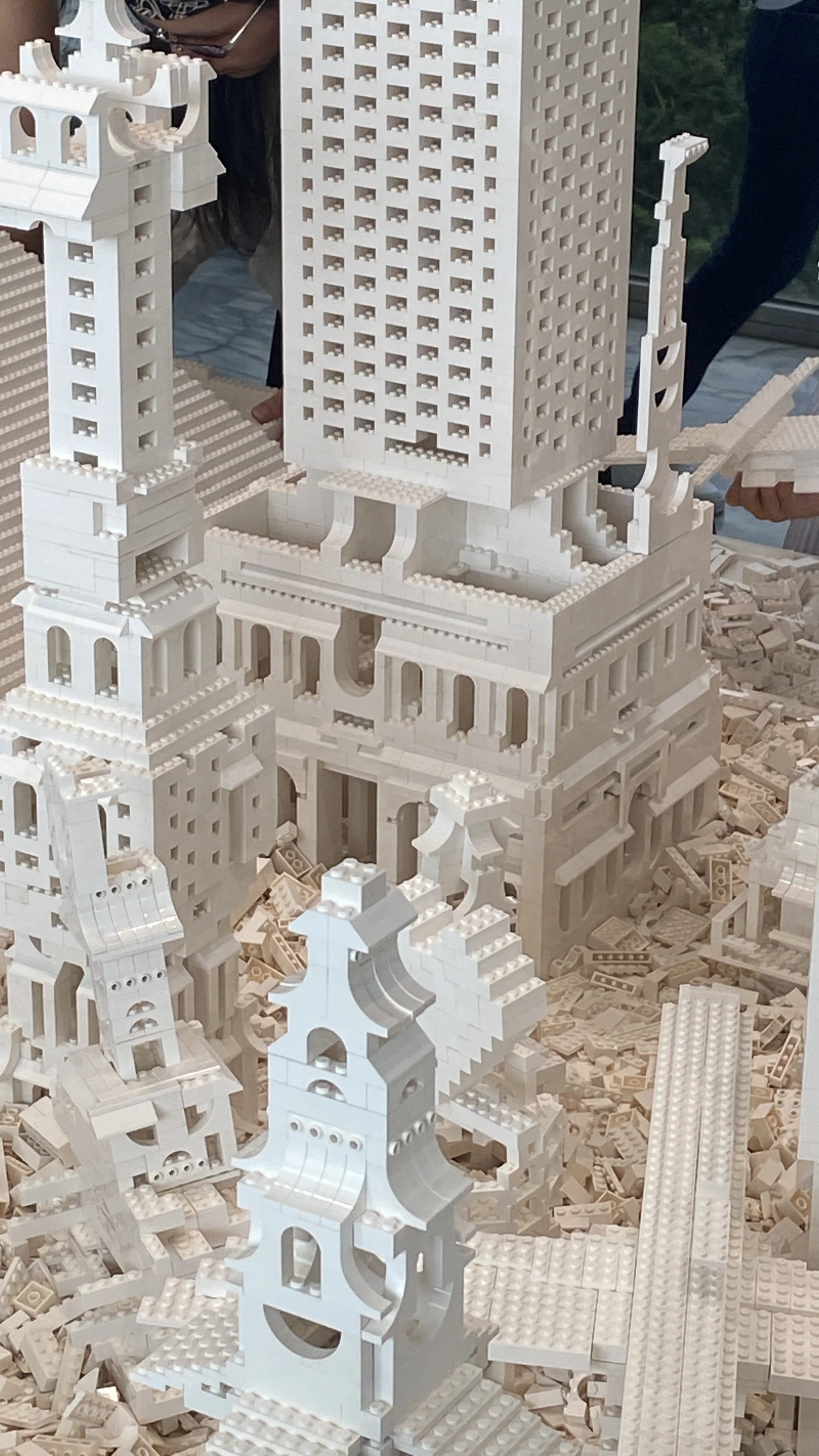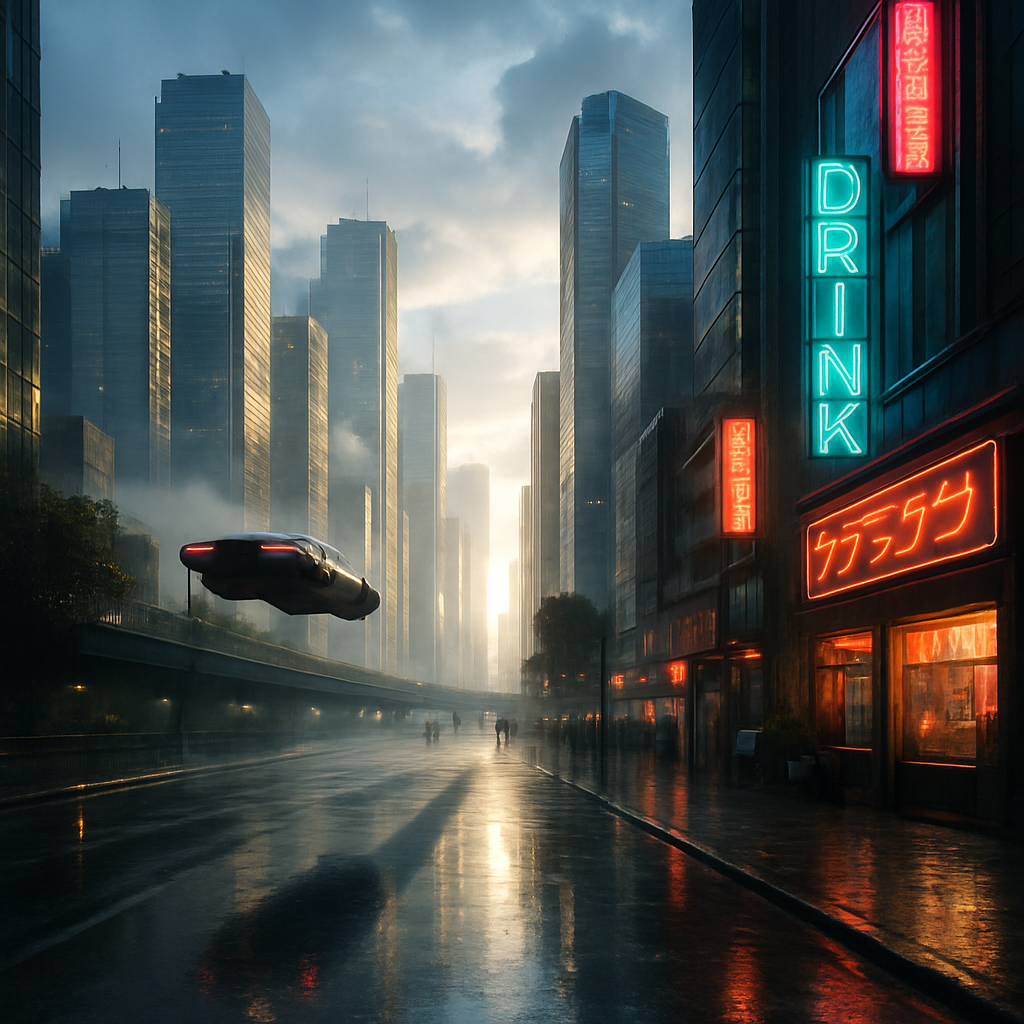《Are We Building an Ideal World When We Pursue an Ideal Life?》
Exploring the Evolution and Contemporary Expression of Utopia
我們對理想生活的追求,是否也是在建構一個理想世界?
探索烏托邦的演化與當代表現
山/市—彼得.庫克個展, Inclusive Landscape, Peter Cook
Humanity has always asked the same question: What defines a better life?
From how we live, how we relate to each other, to how we allocate and regenerate resources—these ideals inevitably require spatial expression. In this way, each generation’s vision of a “future city” becomes a collective projection of a utopian world.
人們總是不斷地問:什麼才是更好的生活?
從居住的樣貌、社會的關係,到資源如何分配與再生,理想的生活狀態,終究需要透過空間來被具現。於是,我們每一代人所描繪的「未來城市」,本質上也是一種理想國度的集體投射。
Metropolis (1927), Friedrich Lang
Metropolis (1927), Friedrich Lang
The future city is a spatial response shaped by time. It reflects changes in technology, the climate crisis, demographic shifts, and resource pressures—fundamentally asking how humans will live.
「未來城市」是一種時間性的空間設計,它回應科技變化、氣候危機、人口流動與資源壓力,思考人類將如何生存
In contrast, the ideal world is more like a mirror of values, projecting our hopes for fairness, order, connection, and quality of life.
「理想世界」則更像是一面價值觀的鏡子,投射出人們對公平、秩序、關係與生活品質的期待。
Ville Radieuse, Le Corbusier
Le Vingtième Siècle, Albert Robida
Le Vingtième Siècle, Albert Robida
From Plato’s Republic and its vision of a perfect polity, to Renaissance paintings of the “ideal city,” each reflects the imagination of a better life in its era. In the 20th century, Le Corbusier transformed these ideals into practical models, his Ville Radieuse was an experimental proposal that fused functionalism with modernism.
從柏拉圖在《理想國》中構想的完美政體,到文藝復興時期畫家所繪的「理想城市」,每一個都反映著當時代對「美好生活」的想像。到了20世紀,勒·柯比意將這些理想轉化為可實踐的城市模型,《光輝城市》就是一種試圖結合功能主義與現代主義的實驗性提案。
<Blade Runner>, Ridley Scott
<Blade Runner>, Ridley Scott
Today, the utopian imagination has evolved into something more layered and complex. When we see the vertical, stratified city in Blade Runner, it reflects issues of density and social hierarchy.
到了當代,這種想像轉化為另一種層次,也顯得更複雜。當我們在《銀翼殺手》中看到垂直分層的城市結構時,其實是反映了人口密度和階級的問題
<WALL-E>, PIXAR
The automated space station in WALL·E offers both a vision of comfort and a critique of consumerism.
《瓦力》中的自動化太空站,它既是對便利生活的想像,也是對消費主義的反思。
ZULOARK, Manuel Dominguez
What makes these imagined future cities compelling is their dual nature: they are both aspiration and caution, both what we long for and a mirror of our current condition.
Take Archigram’s Walking City, for instance. It may seem whimsical, but it questions borders, ownership, and the very mutability of cities.
Similarly, today’s smart city models aim to strike a new balance between technological efficiency and sustainable values.
這些未來城市的想像之所以動人,在於它們的雙重性質:它們既是夢想,也是警告;既是我們嚮往的世界,也是對我們當下的提醒。
像建築電訊(Archigram)的《行走城市》,看似天馬行空,實則對於疆界、所有權與城市可變性的深刻質疑;而今天智慧城市的概念,則是試圖在技術效率與永續價值之間尋找一種全新的平衡點。
<立方結構的演化計畫>, Olafur Eliasson
<立方結構的演化計畫>, Olafur Eliasson
This tension is what makes the imagination of future cities richer and more grounded.
It’s no longer just about constructing ideals, but initiating a dialogue that spans across time.
Through imagining the future, we are able to reassess the present.
Through projecting ideals, we inspire new possibilities.
Each act of imagination becomes a cornerstone for the world we hope to build.
因為這份張力使得對未來城市的想像變得更加豐富務實,不再只是建構理想,而是一場跨越時間性的對話。
透過對未來的想像重新審視現在,透過投射理想激發各種可能性,讓每一次的想像,都成為通往理想的基石。
AI生成示意圖
規劃合作聯繫:
Info@maudarchitect.com
More Info : www.maudarchitect.com
Follow IG: @maudarchitect


